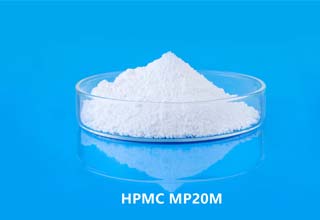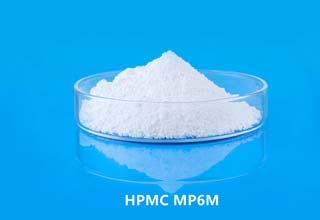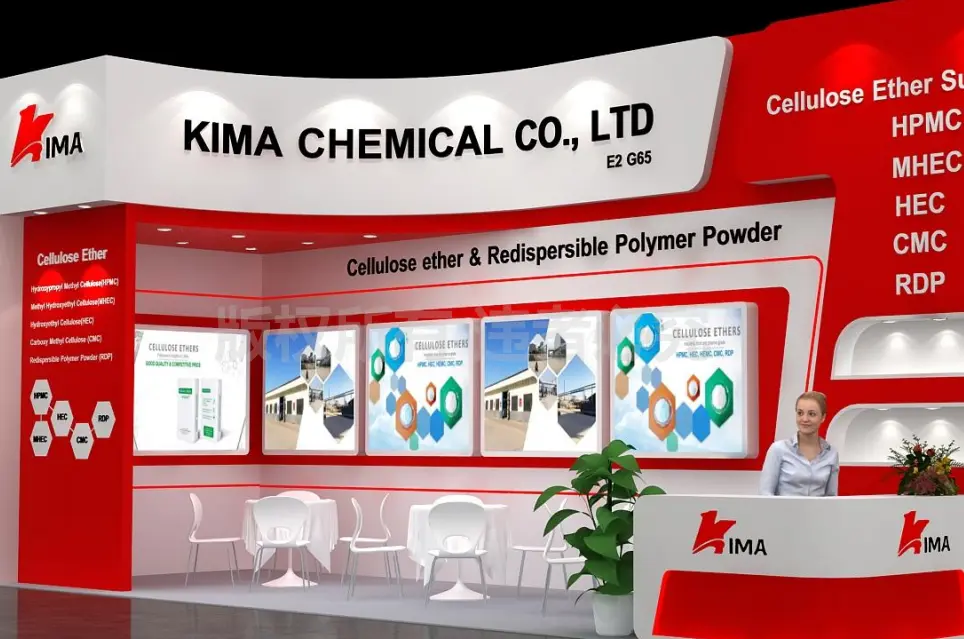Specification of HPMC MP15M
| Chemical name | Hydroxypropyl Methyl Cellulose |
| Synonym | Cellulose ether; Hypromellose; Cellulose, 2-hydroxypropyl methyl ether; Hydroxypropyl methyl cellulose; HPMC; MHPC |
| CAS number | 9004-65-3 |
| EC Number | 618-389-6 |
| Brand | KimaCell |
| Product Grade | HPMC MP15M |
| Solubility | Water Soluble Cellulose Ether |
| Physical form | White to off-white cellulose powder |
| Methoxy | 19.0-24.0% |
| Hydroxypropoxy | 4.0-12.0% |
| Moisture | Max.6% |
| PH | 4.0-8.0 |
| Viscosity Brookfield 2% solution | 12000-18000 mPa.s |
| Viscosity NDJ 2% solution | 12000-18000 mPa.S |
| Ash content | Max5.0% |
| Mesh size | 99% pass 100 mesh |
| HS code | 3912.39 |
Application of HPMC MP15M
KimaCell® HPMC MP15M can be used in standard tile adhesive. It has the bellow property on bellow point:
Influence on the open time of tile adhesive
When latex powder and cellulose ether HPMC co-exist in wet mortar, some data models show that RDP powder has stronger kinetic energy to attach to cement hydration products, and cellulose ether exists more in the interstitial fluid, which affects more Mortar viscosity and setting time.
Influence on the pull-out strength of tile adhesive
In addition to imparting the above-mentioned beneficial properties to mortar, cellulose ether also delays the hydration kinetics of cement. This retarding effect is mainly due to the adsorption of cellulose ether molecules on various mineral phases in the cement system being hydrated. Cellulose ether molecules are mainly adsorbed on hydration products and rarely adsorbed on the original mineral phase of the clinker. In addition, the cellulose ether reduces the mobility of ions in the pore solution due to the increase in the viscosity of the pore solution, thereby further retarding the hydration process.
 English
English 日本語
日本語 français
français Deutsch
Deutsch Español
Español italiano
italiano русский
русский português
português العربية
العربية Türkçe
Türkçe Nederland
Nederland

 HPMC MP15M Material Safety Data Sheet
HPMC MP15M Material Safety Data Sheet 



